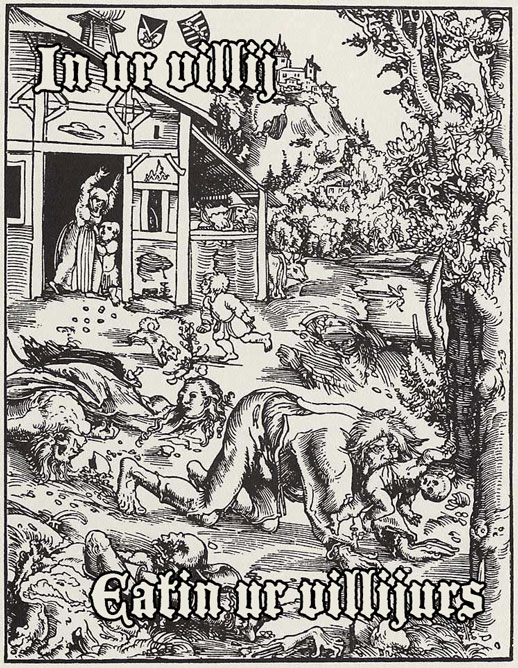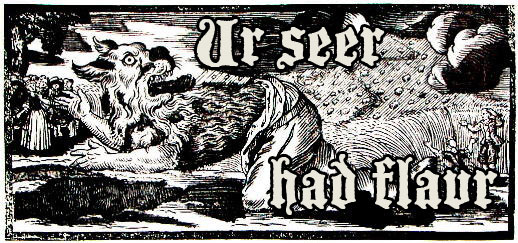As you may have guessed from my other postings over the past few days, I spent the weekend at BarcampLondon3, at Google’s offices in Victoria, London.
This was the second Barcamp I’ve participated in (‘attended’ is probably too passive a word for a Barcamp), and was even better than BarcampBrighton in September. This was, of course, largely thanks to all the efforts of Ian and the other organisers, and to the wonderful hospitality shown by Google. From my own point of view, I think I also benefited from not going with a group of colleagues, which forced me to overcome my natural reticence and speak to people I didn’t know (it helps that the Barcamp crowd are a friendly bunch!)
If you have any geek tendencies and have never been to a Barcamp, I highly recommend it.
Oh, and as a footnote, I experimented with blogging some of the talks more-or-less as they happened. That’s why the posts were a bit rough, but at least they’re there – I still have notes from Agile2007 back in August that I haven’t got round to writing up.
My photos from the weekend are on flickr.
[tags]barcamp, barcamplondon3, google[/tags]




